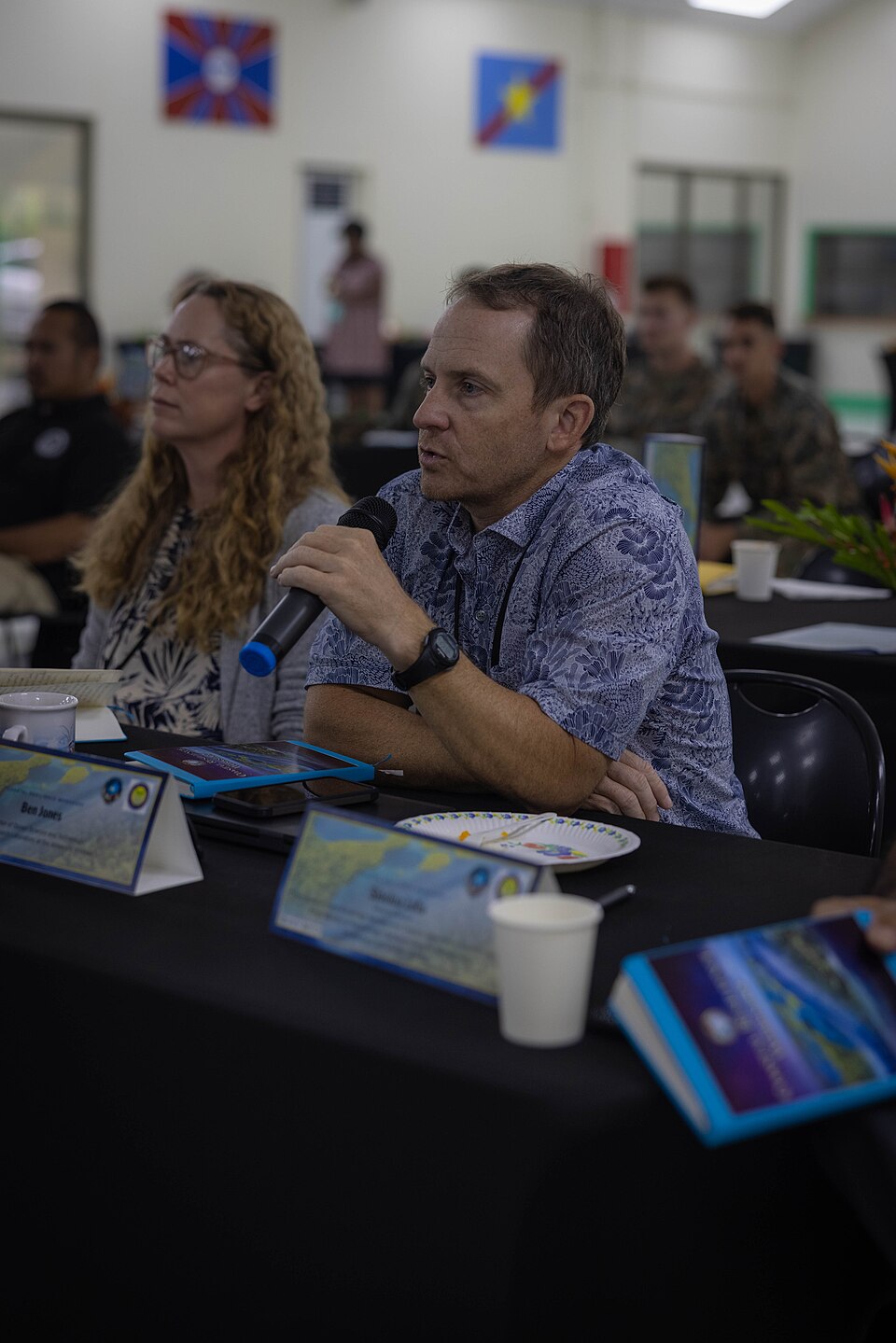Innovative Technologies Boost Coral Offspring Survival Rates

Recent research from Ohio State University highlights the potential of innovative technologies in enhancing coral restoration efforts, particularly for the growth and survival of coral offspring. The study, published in the journal Environmental Science & Technology on July 29, 2025, demonstrates how two novel devices— the Underwater Zooplankton Enhancement Light Array (UZELA) and 3D printed artificial settlement modules—can significantly improve the health of coral recruits, a critical stage in their lifecycle.
Coral reefs, vital components of marine ecosystems, are facing unprecedented threats due to climate change, ocean acidification, and habitat degradation. These challenges have led to alarming declines in coral populations globally. Traditional methods of coral recruitment, where adult corals release larvae to establish new colonies, often fail to replenish these populations effectively.
Shannon Dixon, a graduate student in Earth Sciences at Ohio State University and lead author of the study, states, “Coral recruitment is super important for reef persistence throughout time. Just like how trees drop seeds to create new trees, the life cycle of coral is very similar.”
The study built upon earlier findings where UZELA attracted zooplankton—microscopic organisms that are essential nutrition for coral. By combining UZELA with 3D printed settlement modules, researchers observed a doubling of coral survivorship and a quadrupling of their growth rates. “Making reefs more habitable for coral recruits is extremely important,” Dixon emphasized, noting that these technologies could enhance biodiversity and the geographical distribution of coral populations.
In the experimental setup, researchers utilized three types of artificial ceramic settlement modules. After six months on the reef, results showed that coral recruits settled on complex structures, specifically smooth and spiral domes, fared significantly better when coupled with UZELA, surviving at twice the rate of those without the enhancement.
Andrea Grottoli, a co-author and professor of Earth Sciences, remarked, “This outcome is directly applicable to what we might expect survivorship and growth to look like on other reefs using these technologies.” The implications of this research are profound, offering a pathway to potentially restore coral populations more rapidly and efficiently.
However, Grottoli cautioned that while technological interventions like UZELA can improve conditions for some corals, they are not a panacea. “With all technologies, there are real costs and real efforts associated with them,” she stated. The research team plans to investigate the long-term impacts of these devices on multiyear coral survivorship, maturation, and reproduction.
This study represents a significant step forward in coral restoration methodologies, demonstrating how multidisciplinary approaches can yield sustainable solutions for struggling ecosystems. The findings underscore the importance of collaborative research in addressing complex environmental challenges. As global coral mortality rates reach alarming highs, tools like UZELA may play a crucial role in the preservation and recovery of coral reefs worldwide.
Advertisement
Tags
Advertisement




